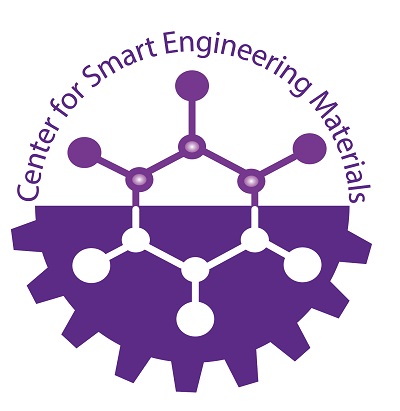Materials define the progress of humanity. In the Silicon Age, electronic and computer technologies greatly accelerated technical progress and changed our lives. What’s next? The age of nanomaterials. Assembly from nanoparticles will allow integration of electronics, energy harvesting, and storage in the same device, at the same time minimizing the waste during manufacturing. In particular, 2D transition metal carbides and nitrides (MXenes) have been expanding rapidly. MXenes have shown electronic, optical, mechanical, and electrochemical properties that differentiate them from other materials. Moreover, these properties are tunable by design and can be modulated during use, leading to breakthroughs in fields from optoelectronics and communication to energy storage and medicine.
Speakers
-
Yury Gogotsi, Distinguished University and Charles T. and Ruth M. Bach Professor and Director, A.J. Drexel Nanomaterials Institute, Drexel University
In Collaboration with




